
Water Sensitive Urban Design
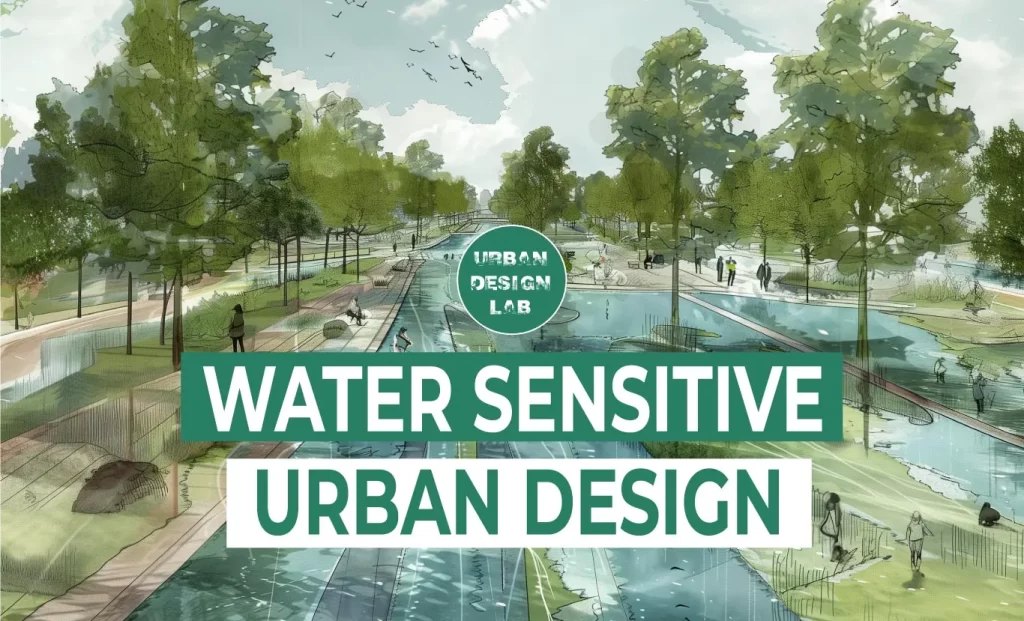
As urban areas continue to grow, sustainable management of the urban water cycle has become an essential priority. Water Sensitive Urban Design (WSUD) provides an innovative approach that integrates urban planning and design with sustainable practices for water management. By mimicking natural water cycles, WSUD aims to minimize the negative impacts of urban development on water resources and ecosystems while providing multiple benefits to communities. This comprehensive article explores the key principles, implementation processes, latest technologies, and global case studies exemplifying WSUD.

Defining Water Sensitive Urban Design
Water Sensitive Urban Design represents a fundamental shift from conventional urban water management focused solely on water supply, flood mitigation and drainage. The key principles of WSUD, as outlined in the Urban Stormwater Best Practice Environmental Management Guidelines, are:
a) Protect and enhance natural water systems within urban environments
b) Integrate stormwater treatment systems into the landscape to maximize amenity
c) Improve quality of runoff draining to receiving waters
d) Reduce runoff peaks and volumes through distributed retention and minimizing impervious areas
e) Minimize drainage infrastructure costs through reduced runoff rates and volumes.
At its core, WSUD aims to integrate water cycle management into urban design by incorporating decentralized techniques to harvest, treat and reuse water as close to the source as possible. This contrasts with traditional approaches that rapidly dispose of stormwater offsite.
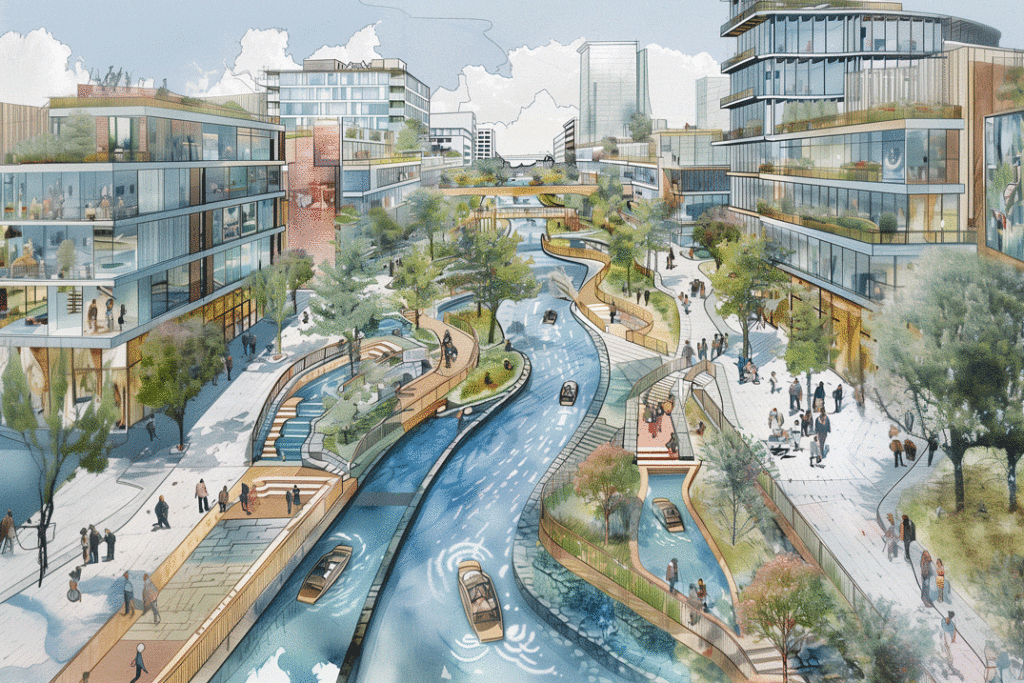
Water-Sensitive Urban Planning and Designing
Water-Sensitive Urban Planning and Designing (WSUDP) is an approach that integrates and optimizes the use of available water sources and completes the water cycle by incorporating various strategies into urban planning and design. This method aims to lower the hydrological impact of urbanization and present opportunities for improved water management.
Key components of WSUDP include:
- Protecting Local Waterbodies: Safeguarding lakes, ponds, and wetlands to serve as supplementary water sources.
- Storm-Water Management: Utilizing landscape design elements such as vegetated swales, buffer strips, and bio-retention systems to manage stormwater in public spaces.
- Recycling and Reusing Wastewater: Implementing low-cost, low-energy methods to treat wastewater, viewing it as a resource rather than a liability.
- Increasing Water Conservation: Promoting water-efficient fixtures, xeriscaping, and efficient irrigation methods to reduce the load on municipal supply systems and groundwater sources. Rainwater harvesting is also emphasized to mitigate water scarcity.
- Enhancing Social and Ecological Value: Designing the built environment to meet community needs and address water issues.
- Connecting the Urban Water Cycle: Collaborating with practitioners from different disciplines to integrate diverse perspectives and expertise.
- Policy Integration: Aligning new policies, regulations, and approvals with WSUDP principles.

Drivers and Benefits of WSUD
Conventional urban development has severely disrupted natural water cycles, resulting in detrimental impacts on urban waterways and water supplies. Impervious surfaces prevent stormwater infiltration, generating increased runoff volumes that cause erosion, habitat degradation and reduced groundwater recharge. Polluted runoff further impairs downstream water quality.
WSUD emerged as a sustainable solution to mitigate these adverse impacts while providing multiple additional benefits:
Environmental Benefits
- Protects the health of aquatic ecosystems and receiving waters
- Improves water quality for potential reuse
- Enhances urban biodiversity and habitat creation
- Reduces potable water demand through water recycling
Economic Benefits
- Decreases stormwater infrastructure costs through natural drainage
- Reduces water supply costs by recycling stormwater
- Increases property values through improved amenity
- Avoids treatment costs by preventing stormwater pollution
Social Benefits
- Creates public green spaces for recreation and amenity
- Mitigates urban heat island effects and improves microclimate
- Increases community liveability, health and wellbeing
- Enhances resilience to drought, flooding and climate change
In addition, WSUD supports regulatory compliance as environmental policies increasingly mandate sustainable urban water management and protection of waterways.
WSUD Planning and Implementation
Effective WSUD requires consideration across all stages of urban planning, design and construction through close collaboration between authorities, developers, consultants and the community. Key stages include:
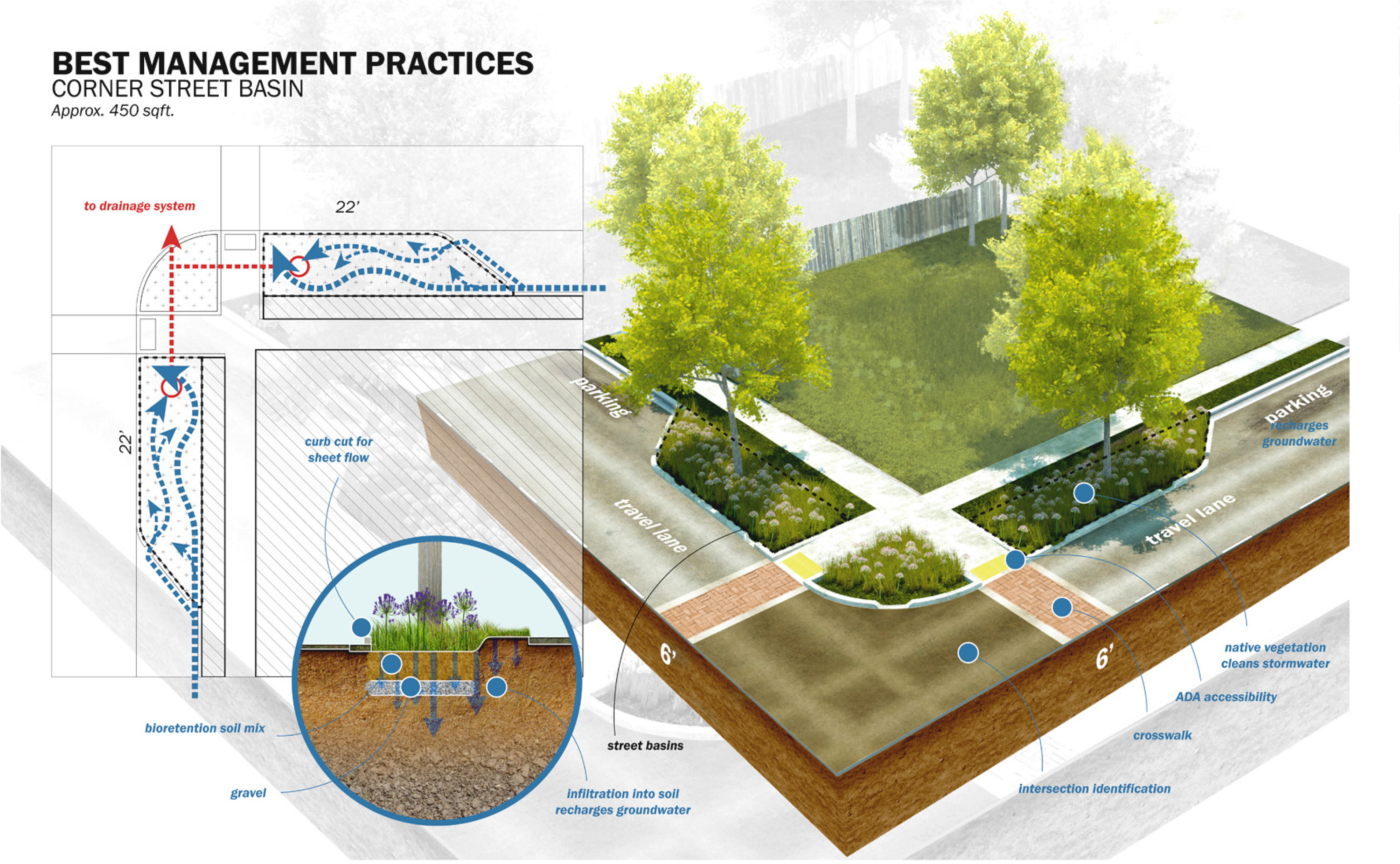
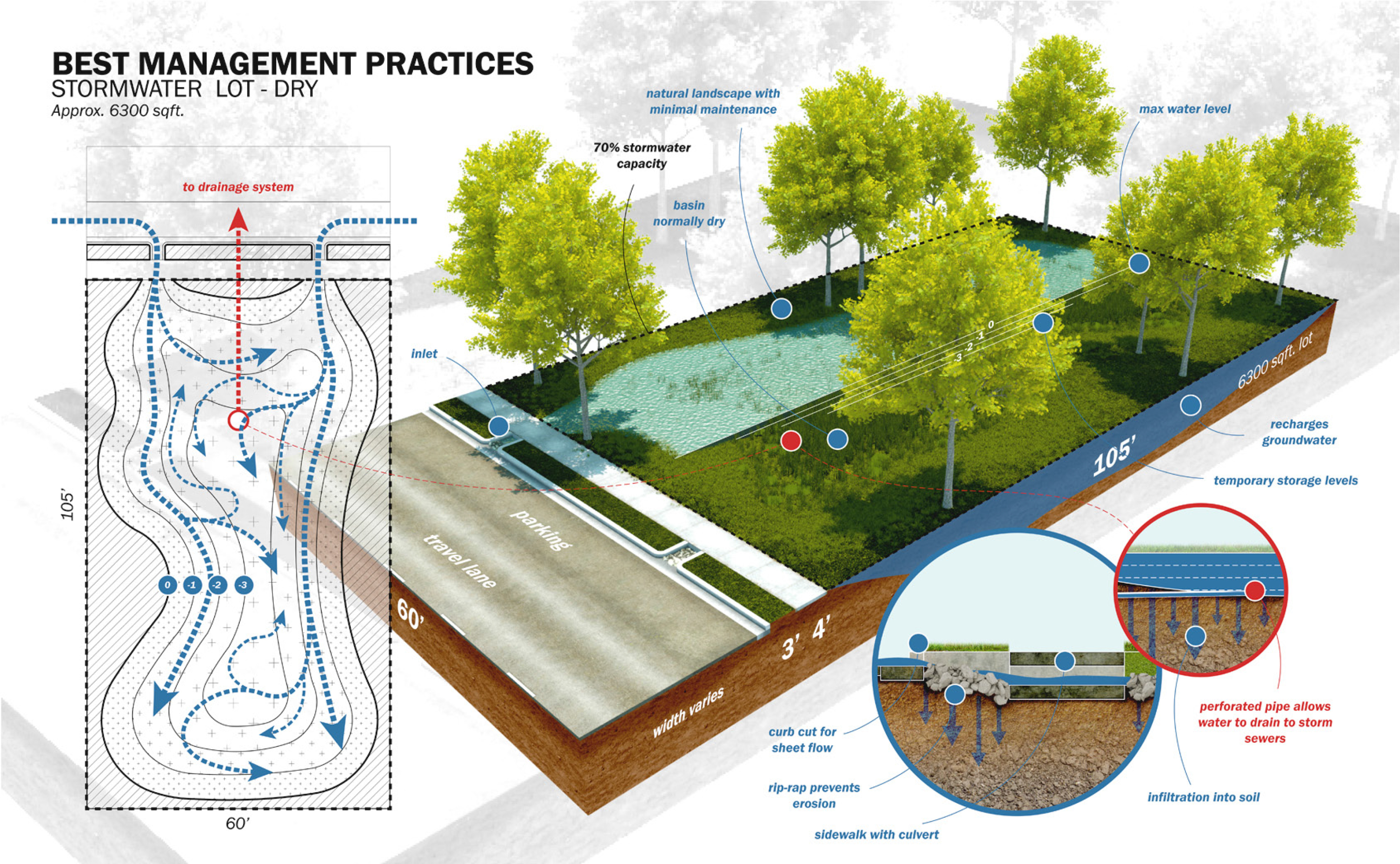
Strategic Land Use Planning
Incorporating WSUD objectives and principles into land use plans is essential. This involves conducting thorough water cycle studies to identify opportunities for WSUD. Additionally, setting performance targets for stormwater management is crucial to guide the planning process effectively.
Conceptual WSUD Strategy
Developing a conceptual WSUD strategy involves identifying the necessary infrastructure requirements and their locations. Integrating WSUD into urban design and public open spaces is vital. Moreover, it is important to develop a construction staging plan and an erosion control plan to ensure the smooth implementation of WSUD measures.
Engineering Design
The engineering design phase requires preparing detailed designs for WSUD measures and infrastructure. Ensuring the hydraulic performance and integration with existing drainage systems is critical. This stage also addresses the maintenance access and safety requirements for the designed infrastructure.
Construction
During the construction phase, it is imperative to install WSUD measures in accordance with the approved plans. Implementing strict erosion and sediment control measures is necessary to maintain the integrity of the project. Conducting regular inspections and verifying that WSUD measures are built to specifications are essential steps in this phase.
Establishment
The establishment phase involves implementing landscape plans and ensuring the successful establishment of vegetation. Monitoring the performance of WSUD measures and rectifying any deficiencies is crucial. This stage also includes accepting WSUD measures and providing comprehensive documentation.
Operation and Maintenance
Developing comprehensive operation and maintenance plans is vital for the long-term success of WSUD measures. Routine inspections and the removal of accumulated litter and sediments are necessary maintenance activities. Managing vegetation through pruning, replanting, and weed control ensures the sustainability of the system. Maintaining accurate asset records and data on WSUD performance is essential for ongoing assessment and improvement.
Capacity Building
Building capacity among developers, contractors, asset managers, and the community is crucial to ensure the proper implementation and long-term maintenance of WSUD measures. This involves providing education and training to enhance understanding and skills related to WSUD practices.
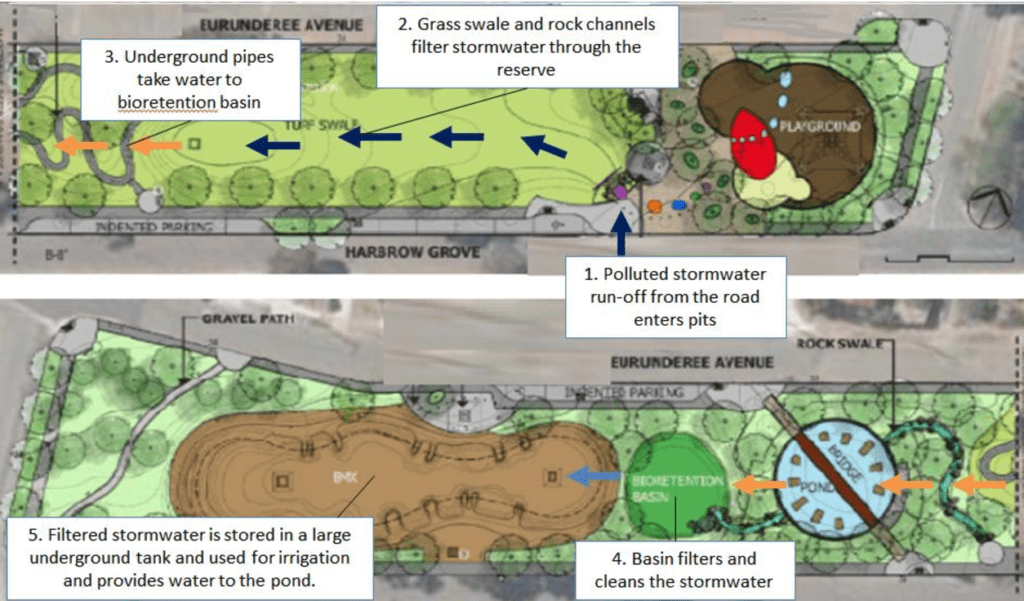
Global Case Studies
Case Study 1: Warrnambool Roof Water Harvesting Project
This roof water harvesting scheme collects and diverts roof water from all new houses and industrial buildings within new estates located in a growth corridor in the Great Ocean Road City of Warrnambool. Water is then transferred via gravity into an existing untreated water storage where it is treated through the existing treatment plant to provide drinking water for the city of Warrnambool.
- Integrated Water Management: This project showcases a leading example of integrated water management by collecting and diverting roof runoff for potable uses.
- Regional Roof Runoff Harvesting: A separate collector pipe system installed for new developments channels roof runoff to the Brierly Basin, where it mixes with other untreated water.
- Rainwater Treatment: The harvested roof water is treated at the existing Warrnambool water treatment plant, requiring no additional treatment due to its cleanliness.
- Hybrid Model: The project combines decentralised water collection with centralised treatment, reducing public health risks.
- Progressive Expansion: Initially launched in 2011 with 250 lots, the project is set to expand to over 3,000 homes and a new industrial estate.
- Toolkit Development: Wannon Water created a toolkit to estimate the costs and viability of rainwater harvesting schemes, aiding comparisons with other water supply solutions across Australia.
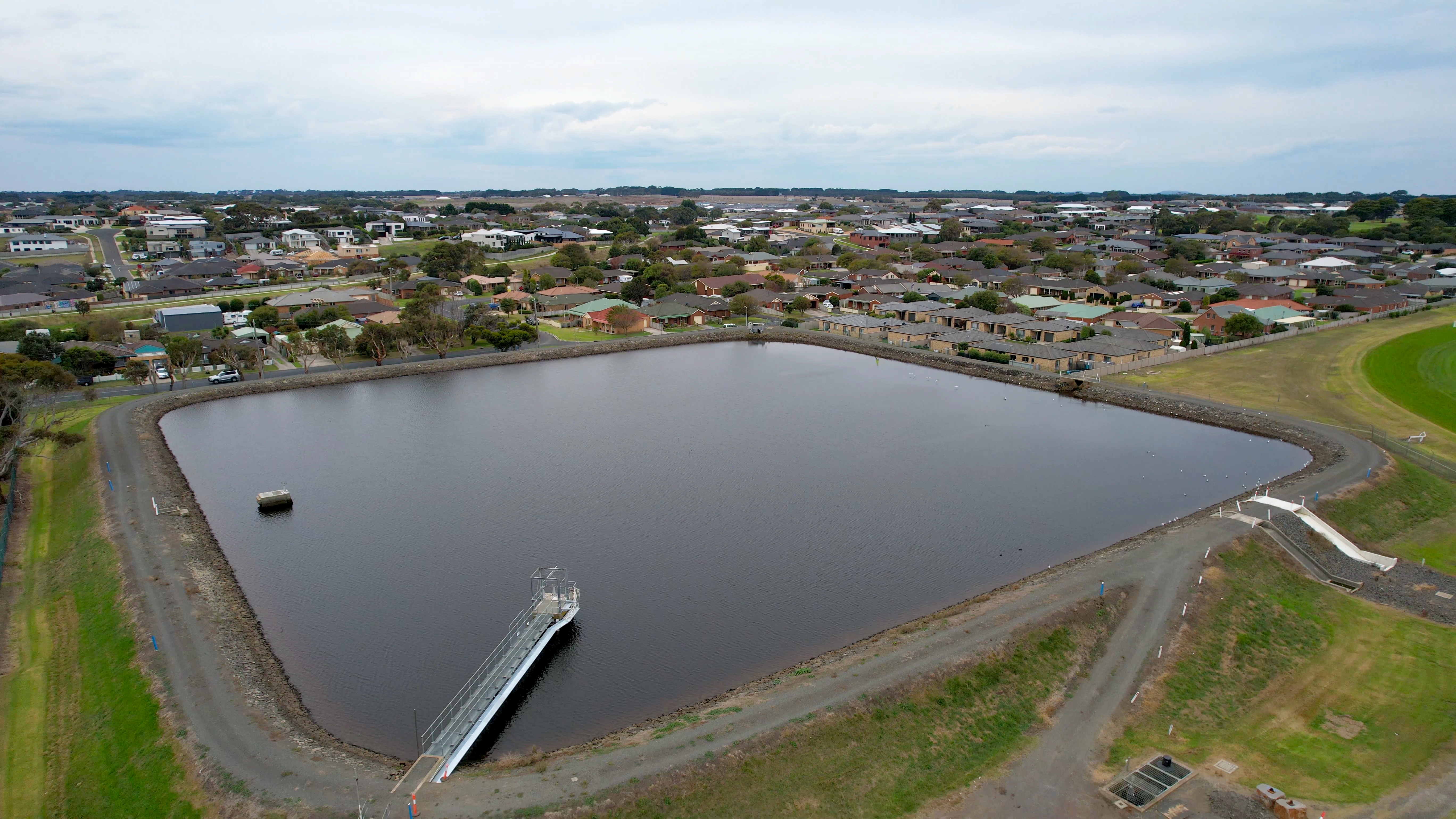
Case Study 2: Parramatta Road Urban Amenity Improvement Project, Sydney, Australia
The Parramatta Road project in Sydney demonstrates the application of WSUD in transforming a major transport corridor. This project successfully combined enhanced urban amenity with improved stormwater management through several key features:
- Bioretention Tree Pits and Rain Gardens: These were installed along footpaths to filter runoff and beautify the streetscape.
- Rainwater Harvesting and Storage: Collected rainwater is used for landscape irrigation, reducing the demand on potable water.
- Gross Pollutant Traps and Wetland Channels: These traps and channels treat stormwater by capturing large pollutants and providing habitat for aquatic life.
- Permeable Paving: This maximizes pervious surfaces, allowing water to infiltrate the ground and reducing surface runoff.
The project not only mitigated stormwater runoff and pollution but also created a cooler, more inviting environment for pedestrians and cyclists, contributing to urban heat island mitigation and enhancing overall urban livability
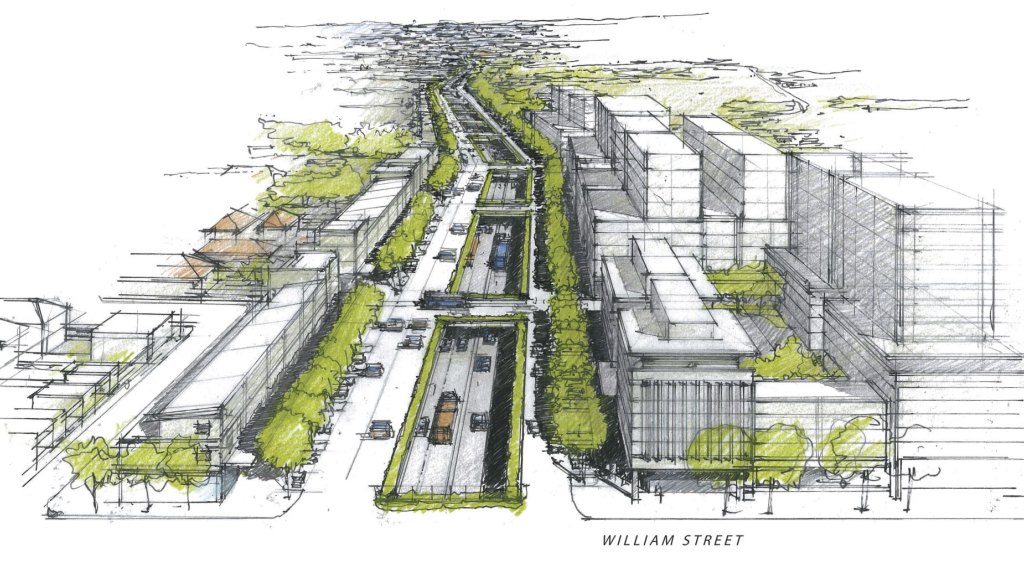
Case Study 3: Augustenborg Eco-City, Malmo, Sweden
The Augustenborg Eco-City project in Malmö represents a comprehensive approach to integrating WSUD into urban redevelopment, particularly in socio-economically disadvantaged neighborhoods. Key components of this project included:
- Green Roofs, Open Channels, and Bioretention Gardens: These features were used to detain and treat runoff effectively.
- Retention Ponds and Wetlands: These elements were part of an open stormwater management system designed to manage excess runoff.
- Runoff Capture and Treatment: Collected runoff was treated for non-potable uses, such as street cleaning.
- Community Involvement: Local residents were actively involved in the design, construction, and maintenance of the WSUD infrastructure.
By 2003, the project had reduced stormwater runoff by 70%, transforming the area into a thriving eco-district and a valuable community asset

UDL Photoshop Masterclass
Decipher the secrets of Mapping and 3D Visualisation

Urban Design Lab
About the Author
This is the admin account of Urban Design Lab. This account publishes articles written by team members, contributions from guest writers, and other occasional submissions. Please feel free to contact us if you have any questions or comments.
Related articles


Architecture Professional Degree Delisting: Explained

Periodic Table for Urban Design and Planning Elements


History of Urban Planning in India
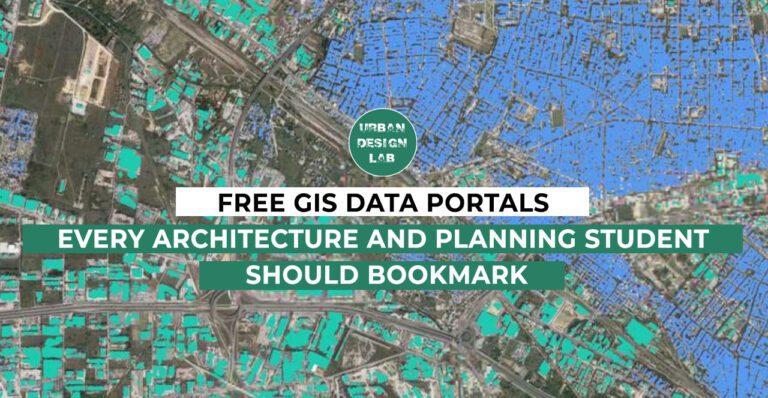
UDL Illustrator
Masterclass
Visualising Urban and Architecture Diagrams
Session Dates
17th-18th January 2026

Urban Design Lab
Be the part of our Network
Stay updated on workshops, design tools, and calls for collaboration
Curating the best graduate thesis project globally!

Free E-Book
From thesis to Portfolio
A Guide to Convert Academic Work into a Professional Portfolio”
Recent Posts
- Article Posted:
- Article Posted:
- Article Posted:
- Article Posted:
- Article Posted:
- Article Posted:
- Article Posted:
- Article Posted:
- Article Posted:
- Article Posted:
- Article Posted:
Sign up for our Newsletter
“Let’s explore the new avenues of Urban environment together “


























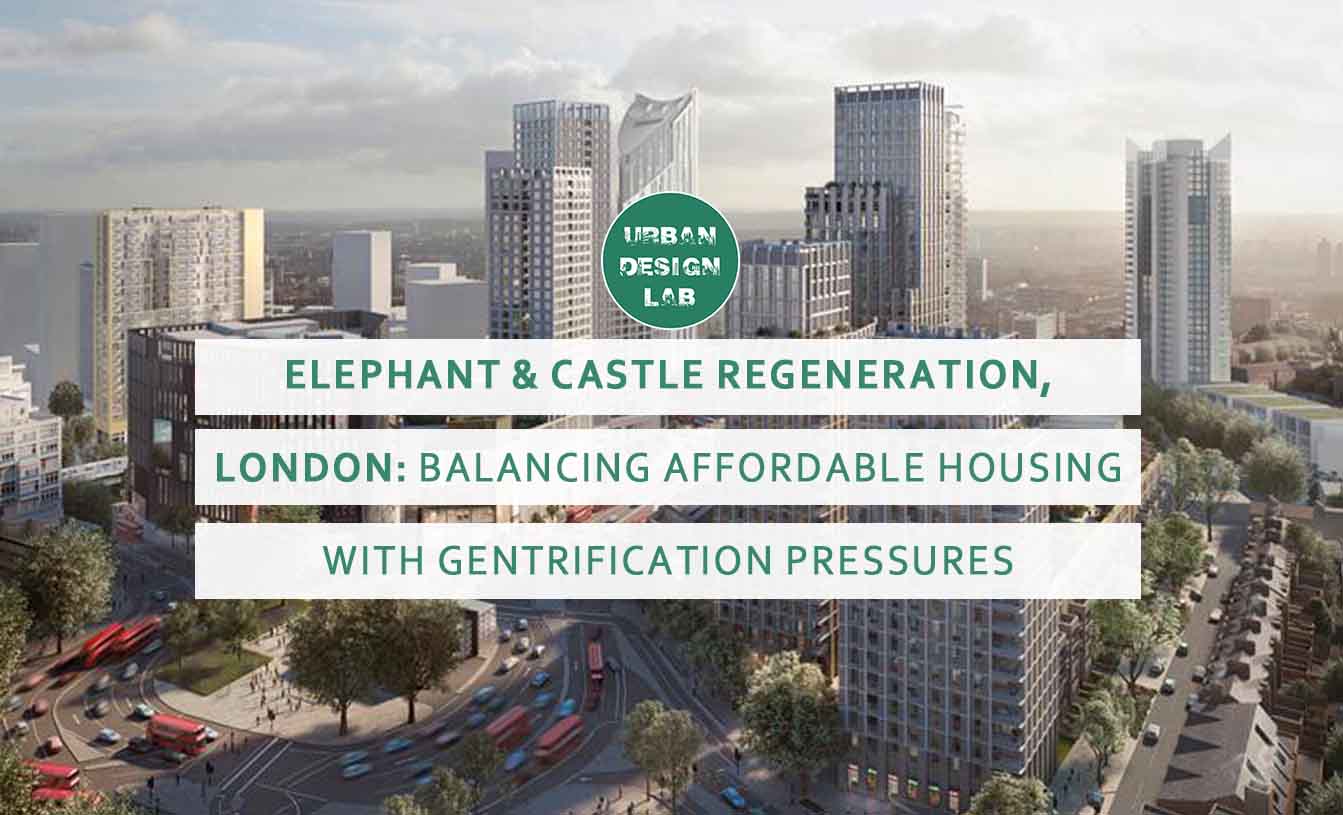

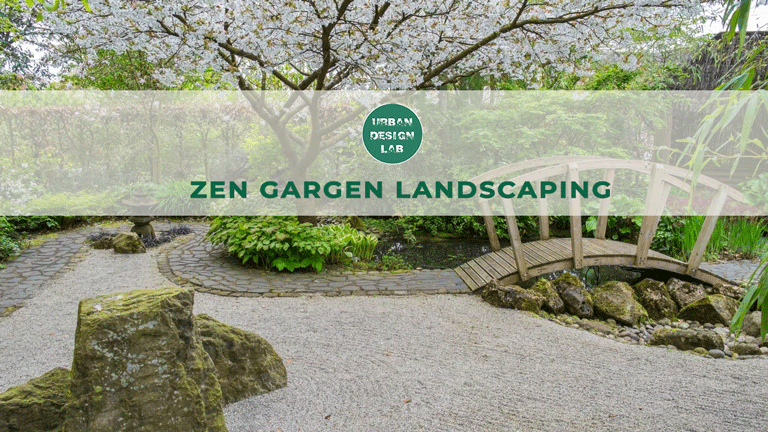
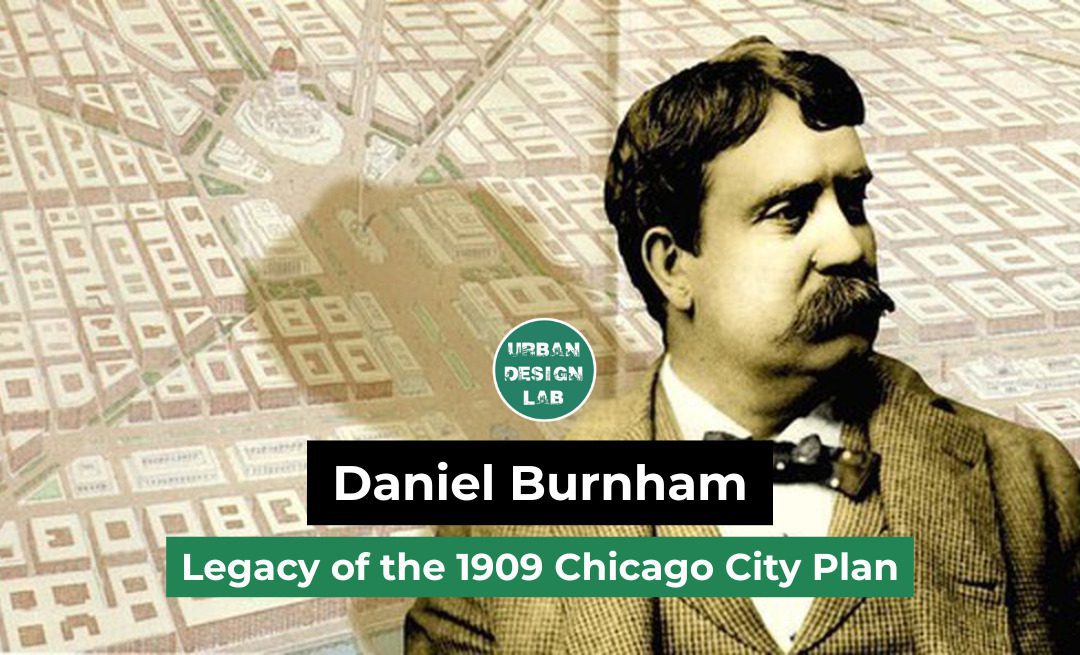

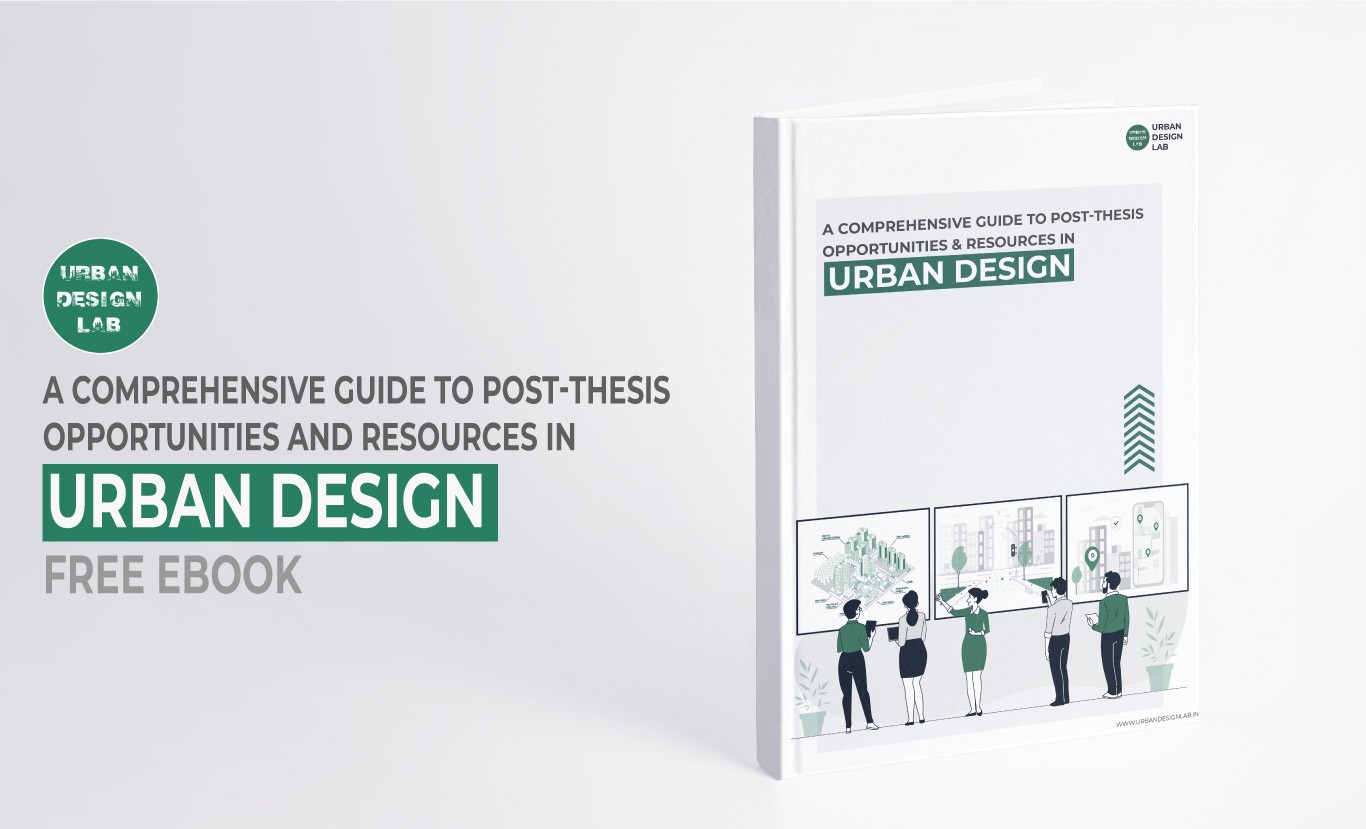
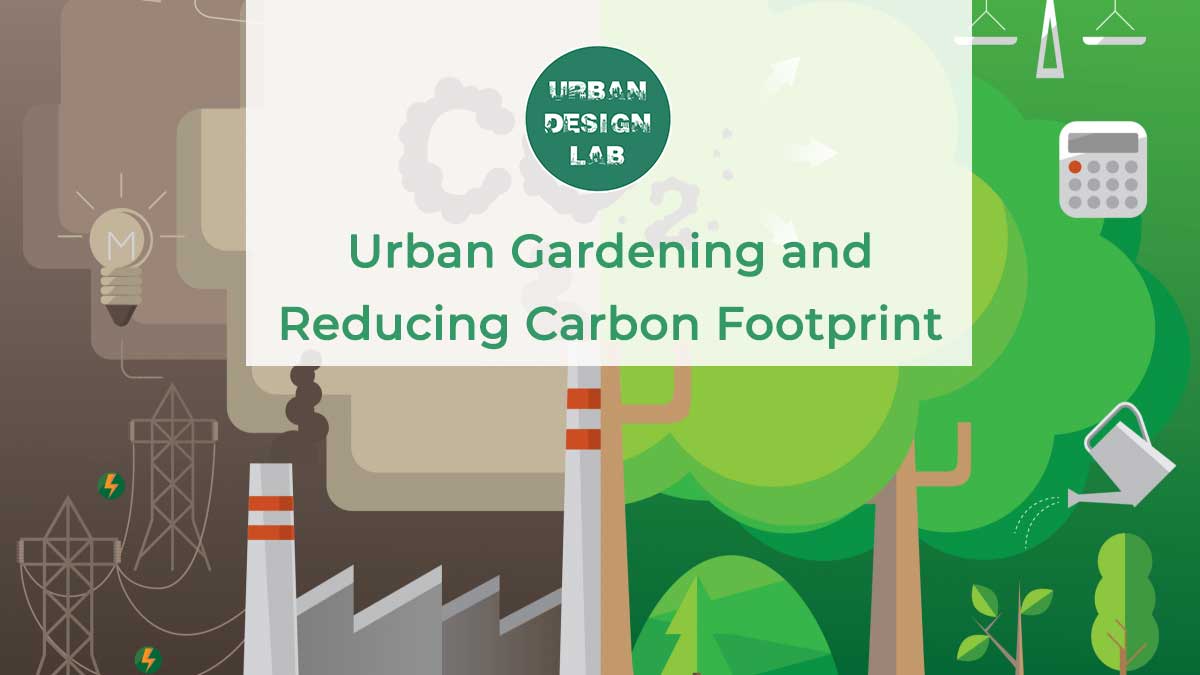


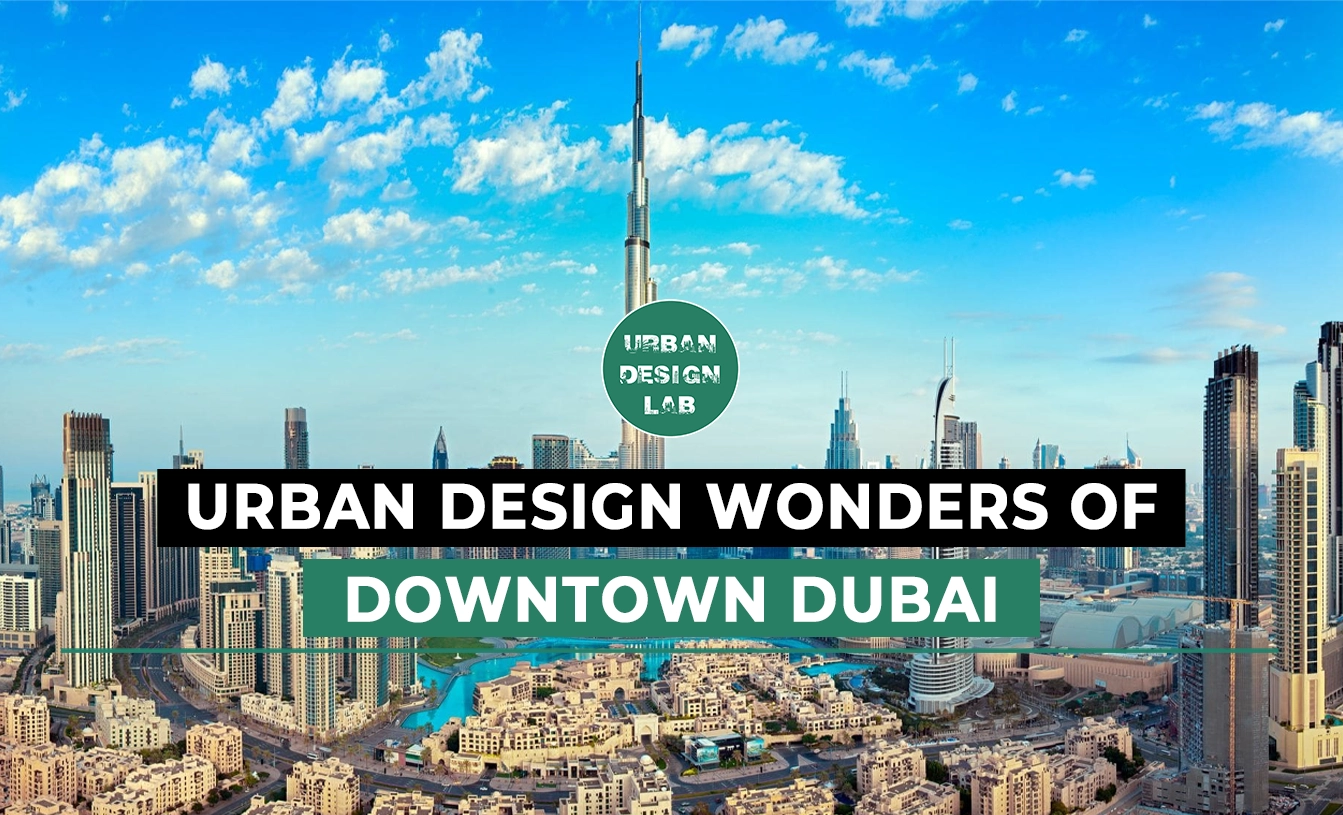



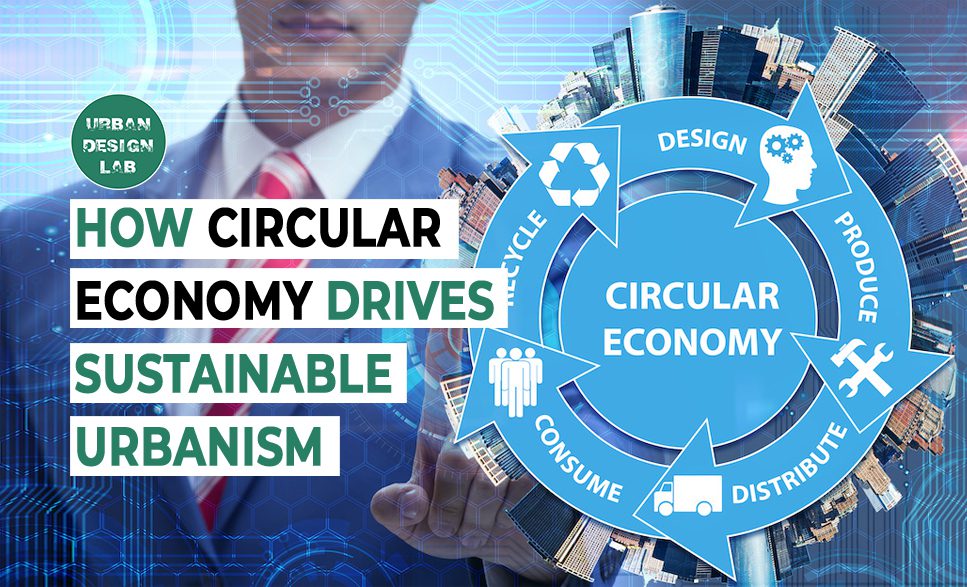
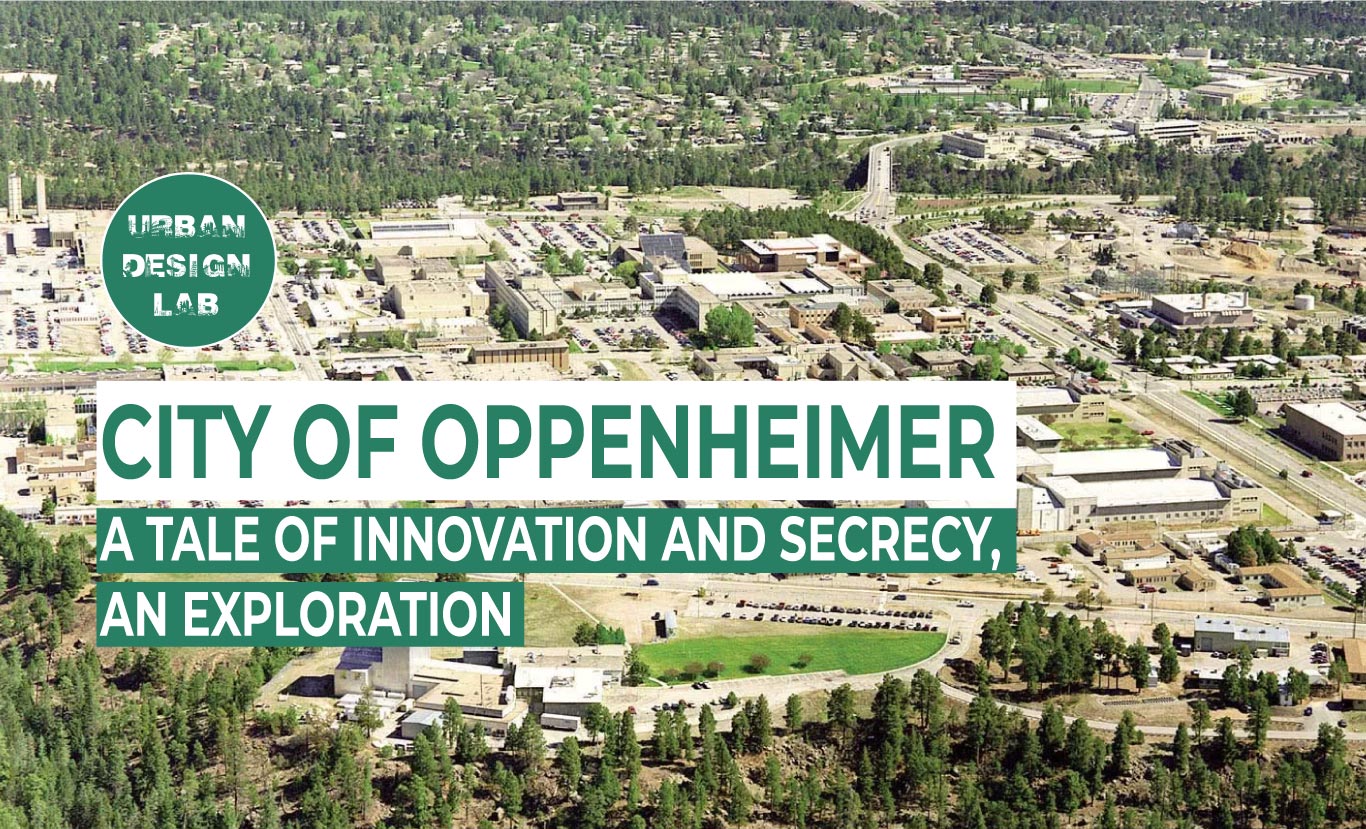
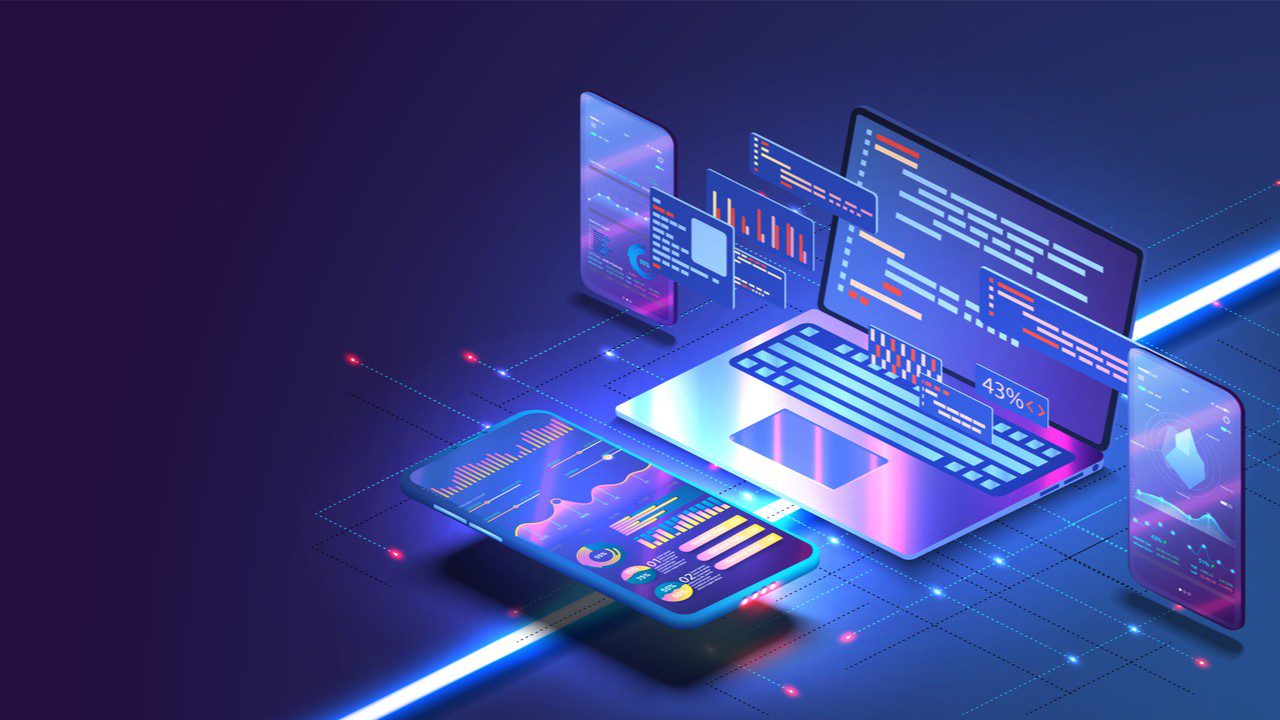


2 Comments